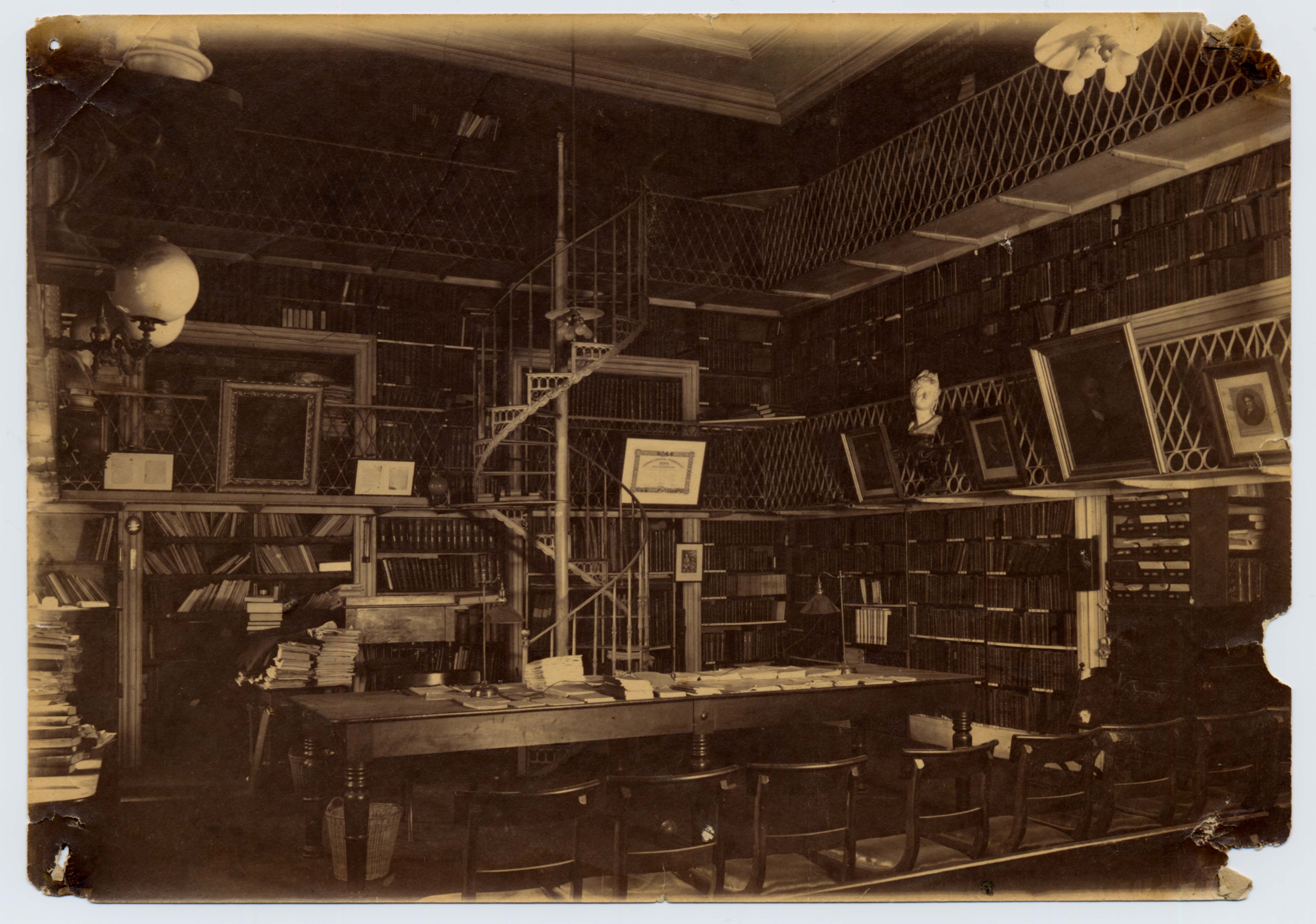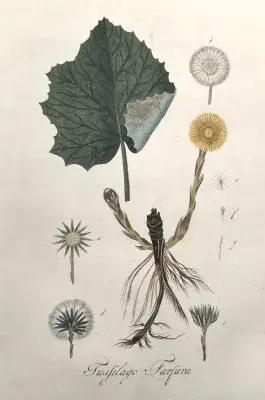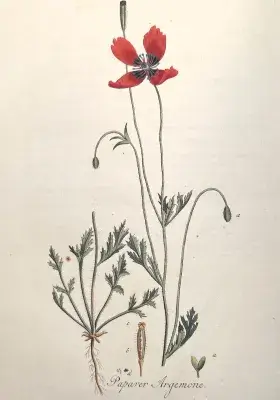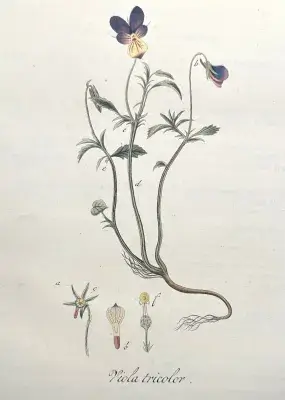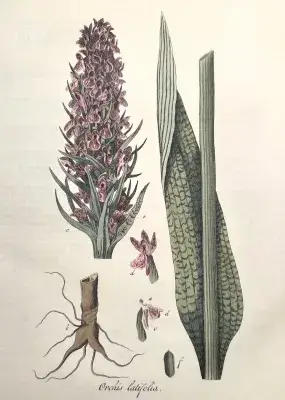Since its founding, the American Academy considered it a matter of importance to establish formal intellectual exchanges with societies in the “Old World” engaged in the pursuit of knowledge. This commitment is well documented in early Academy record collections, including Minutes, Letterbooks, and Sendings and Acknowledgments. Through correspondence to and from individuals and numerous circulars, the Academy actively maintained a network of communication which kept it, and its members, current on the development of knowledge in a time when news traveled slowly.
Formal and regular publication exchanges were an additional way in which the Academy both fostered relationships with other organizations, as well as kept current with new developments. In reciprocal arrangements, organizations would send their publications at no or little cost to others, and in kind would receive publications. Beginning in1785, the Academy engaged in this practice with the publication of its Memoirs, comprised of essays submitted by members as well as “the ingenious in every profession.”1 Aside from its own intermittent circulars and pamphlets, this was the main currency of the Academy in publication exchanges until 1846 when the Academy began to publish its Proceedings, which gave record of their meetings, as well as excerpts of papers presented at meetings.
Over the centuries, the publications sent by other societies formed the basis of the Academy’s library, alongside volumes donated by members. In 1900, the librarian reported at its Annual Meeting that nearly 2500 books and pamphlets had been received either as gift or by exchange that year alone.2 Despite the Academy holding meetings at over 20 different locations in the first 100 years, the Academy stewarded this library collection, which eventually comprised over 47,000 volumes in 1946.3 However, as the Academy’s library continued to grow, numerous institutions within the immediate region also grew, with ever larger libraries of their own, which members would also use.
In 1946, at a time when many similar organizations were closing, the Academy embarked on a comprehensive review of its situation and made plans for the future, led by Academy President Howard Mumford Jones. Subsequently, the Academy issued a “Report of the Commission on the Present Status and Future of the Academy,” which called for the Academy to streamline and refocus its activities. As part of this strategic realignment, the decision was made to divest the majority of the library collection. It was sold that year to the newly established Linda Hall Library in Kansas City, Missouri, which holds a collection focusing on science, engineering, and technology.
However, the Academy retained a small selection of volumes which were considered either to be of historical significance to the Academy, or containing titles not found elsewhere in the area. These include donations made by founder and President John Adams and other members significant to the history of the organization, such Presidents James Bowdoin and John Quincy Adams. Additionally, some volumes were retained to document the unique relationships the Academy cultivated with other organizations through its publication exchange program. One notable example is the Flora Batava.

| 
|
Title Page (l) and Inside Cover with bookplate (r), 1800. Jan Kops, ed., Flora Batava (J.C. Sepp en Zoon). Archives of the American Academy of Arts and Sciences, Cambridge, Mass.
The first installment of Flora Batava began in 1800, when publishers J.C. Sepp en Zoon printed the first hand-colored illustrated overview of the wild plants, mosses, algae, and mushrooms in Batavia, originally a republic that later became a region of the Netherlands. Published in periodical issues from 1800-1934 that were then bound into volumes by the subscribers, there are a total of 28 volumes with over 2,630 species covered. The Academy has the first full volume, and interestingly, in that volume, there are illustrations and plants from the Flora Londinensis (for example, the print of Valeriana officinalis). The publishers later elected to include only Dutch plants.
Record of the Academy receiving its first installment of the Flora Batava appears in Volume 2 of its Letterbook collection in 1803, 4in a letter, in Latin, sent by the Council of the Interior of the Batavian Republic. Further correspondence regarding the exchange also appears in Volume 3 with an additional letter in Volume 4 of Letterbooks. While the series ran until 1934, the volume of the Flora Batava ends ca. 1806, and is considered volume 1 of the larger 28 volume set.

